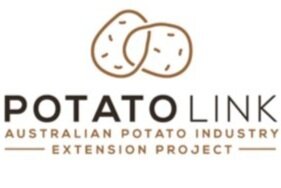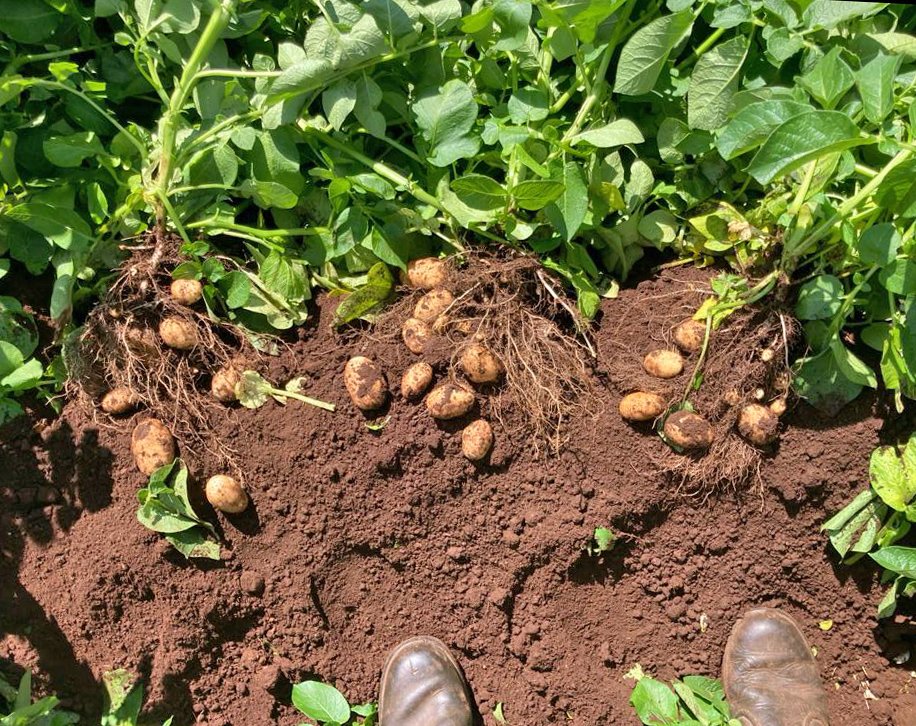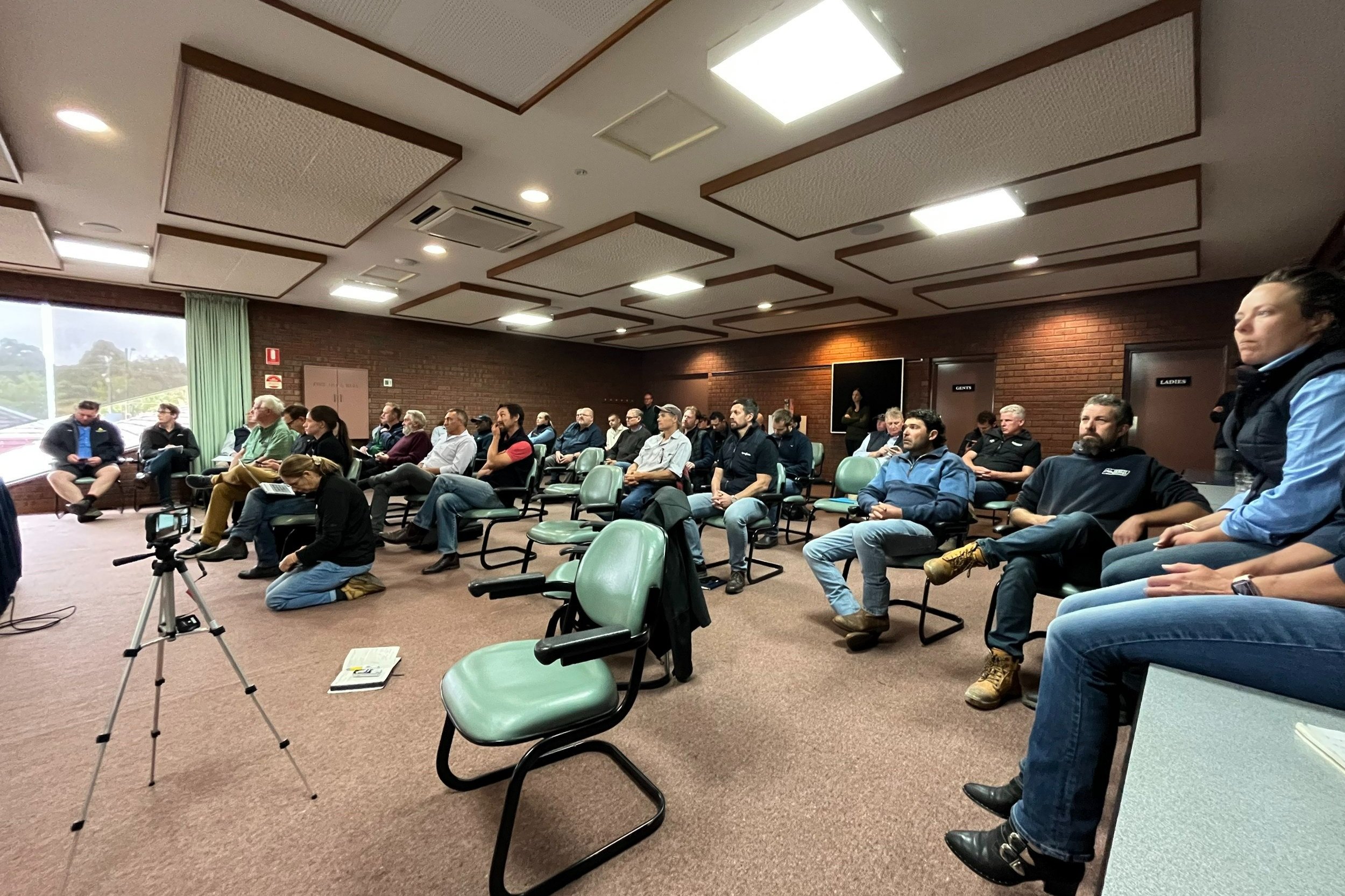Can you shock a seed?
Handling and storing seed correctly is essential to maximise returns on this valuable investment, and avoiding condensation during cooling is critical to minimise the risk of storage diseases. To achieve this, seed potatoes are usually cooled very slowly, dropping only 2oC weekly. In this PotatoLink trial, we tested the effects of three cooling rates. Read the full article in Issue 13 of PotatoLink magazine.
Harvest and storage
Harvest is where all the effort and expense that has gone into growing the crop finally comes to ‘tuberition’. It is where money can be made or lost, and where the grower finally, conclusively, finds out what has been happening under their feet. Read about how to get the most out of your harvest and how to correctly store potatoes in this PotatoLink magazine article.
Management of potatoes under wet conditions
Three successive La Niña seasons have left prime potato growing areas waterlogged. Challenges for growers are evident at every stage, from managing seed, planting, crop management and storage. Paulette Baumbartl covers all the key points in this article in Issue 8 of PotatoLink magazine.
Growing better potatoes workshop recordings
On the 2nd of February 2023, PotatoLink hosted a workshop In Ballarat. Weeds, disease, seed and storage were all covered in these presentations.
Supply chain handling systems for premium potatoes
This 2005 Hort Innovation study involved a survey of packers, supply chain monitoring and storage trials. Storage and transport temperatures ranged from 4C to ambient, with washed potatoes more likely to be cooled that brushed or dirty potatoes.
Seed Potatoes: A best practice handling and storage guide for growers and store operators
This 2004 Best Practice guide for handling and storing seed potatoes includes information and checklists as well as reference information on critical times and temperatures and a troubleshooting guide.
Nitrogen dynamics in commercial seed potato crops and its effect on seed yield, quality, storage and subsequent commercial crop performance
This 2003 report proposes guidelines on site-specific nitrogen management using ‘real-time’ monitoring tools. By looking at plant, stem and tuber numbers, yield, tuber size and quality and previous paddock history the impact of nitrogen on a seed crop was determined.







